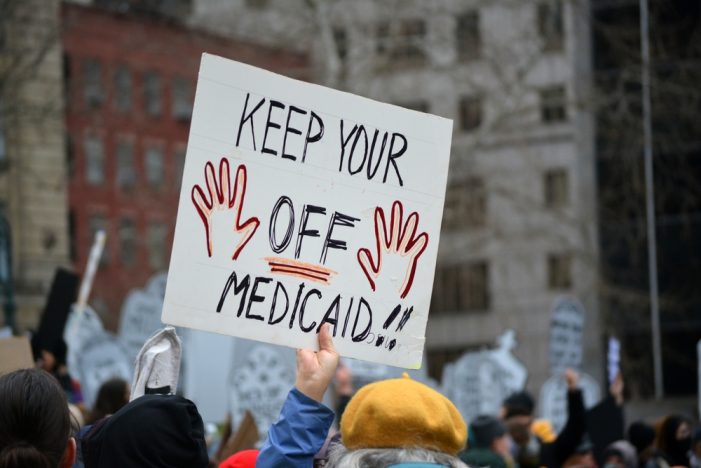By Janet Howard | Editorial credit: Christopher Penler / shutterstock.com
Medicaid is a cornerstone of America’s healthcare system, providing critical coverage to millions of low-income individuals, particularly women and children. Yet, proposed cuts to this vital program threaten to undo decades of progress in maternal and child health. As lawmakers debate Medicaid’s future, the stakes could not be higher for the nation’s most vulnerable populations.
Medicaid’s Vital Role in Maternal Health
Every year, Medicaid covers more than 40% of all births in the United States. This includes prenatal care, delivery, and postpartum services that are essential for safe, healthy pregnancies. In 2023 alone, Medicaid helped finance over 1.5 million births. Beyond childbirth, Medicaid ensures new mothers have access to mental health support, screenings for conditions like preeclampsia and gestational diabetes, and treatment for postpartum depression.
Thanks to recent policy improvements, states now have the option to extend postpartum coverage to a full year after birth. This extension, adopted by 49 states, provides comprehensive care during the period when one-third of maternal deaths occur. Rolling back this coverage through funding cuts would risk lives and reverse efforts to address the nation’s maternal health crisis—especially among Black, Latina, and rural mothers who disproportionately rely on Medicaid.
Children Depend on Medicaid to Thrive
Medicaid is the primary source of health insurance for nearly half of American children—approximately 31.5 million. It ensures access to preventive care, developmental screenings, immunizations, and specialized services through the Early and Periodic Screening, Diagnostic, and Treatment (EPSDT) program.
For children with disabilities, Medicaid offers crucial long-term care services, therapy, and equipment. It also helps schools provide the services required under federal law for students with Individualized Education Programs (IEPs). Without Medicaid, many schools would struggle to fund speech therapy, occupational therapy, and assistive technology.
Research consistently shows that Medicaid coverage during childhood leads to better long-term outcomes. Kids with access to consistent healthcare are more likely to graduate from high school, attend college, and earn higher wages in adulthood. Cutting this coverage risks locking children into cycles of poor health and poverty.
Related: 3.12.25 Protect Our Care Mamas Caucus Medicaid Polling Presentation
The Broader Impact of Medicaid Cuts
Proposed changes like per capita caps or block grants would force states to reduce services or eligibility, disproportionately affecting women and children. In rural communities, Medicaid funding keeps hospitals open. Cuts would mean fewer prenatal visits, more birth complications, and reduced access to pediatric specialists.
Moreover, states that have expanded Medicaid under the Affordable Care Act have seen better maternal and child health outcomes, including lower mortality rates and fewer hospitalizations. Scaling back Medicaid expansion would widen healthcare disparities across state lines.
Why Protecting Medicaid Coverage Matters
Protecting Medicaid isn’t just about maintaining a healthcare program—it’s about safeguarding the health and future of millions of Americans. When we invest in maternal and child health, we invest in stronger families, better education outcomes, and a more equitable society.
As conversations around healthcare policy continue, it is critical to recognize the life-saving role Medicaid plays and advocate for its preservation.

